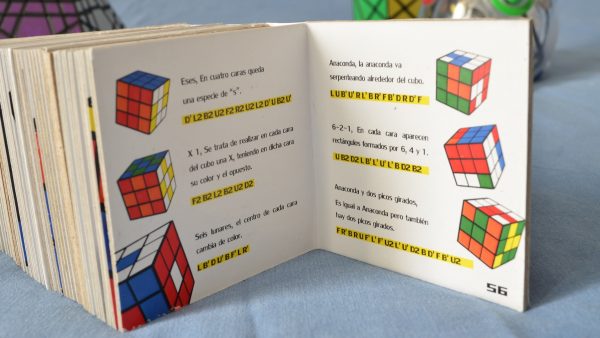Wie Sie einen Einstieg in das Beam Tracing finden.
Beam Tracing ist ein Algorithmus zur Simulation der Wellenausbreitung. Es wurde im Rahmen der Computergrafik entwickelt, um 3D-Szenen zu rendern, aber es wurde auch in anderen ähnlichen Bereichen wie Akustik und Elektromagnetismus-Simulationen eingesetzt.

Beam Tracing ist eine Ableitung des Raytracing-Algorithmus, welcher Strahlen, die keine Dicke haben, durch Strahlen ersetzt. Balken haben die Form von unbegrenzten Pyramiden mit (möglicherweise komplexen) polygonalen Querschnitten. Beam Tracing wurde erstmals von Paul Heckbert und Pat Hanrahan erwähnt.
Beim Beam Tracing wird zunächst ein pyramidenförmiger Strahl durch das gesamte Sichtfeld geworfen. Dieser erste View-Beam wird mit jedem Polygon in der Umgebung gekreuzt, typischerweise vom nächsten bis zum entferntesten. Jedes Polygon, das sich mit dem Strahl schneidet, muss sichtbar sein, wird aus der Form des Strahls entfernt und einer Renderwarteschlange hinzugefügt. Wenn sich ein Strahl mit einem reflektierenden oder refraktiven Polygon kreuzt, wird ein neuer Strahl erzeugt, ähnlich wie beim Raytracing.
Eine Variante des Raytracings wirft einen pyramidenförmigen Strahl durch jedes Pixel der Bildebene. Diese wird dann aufgrund ihres Schnittpunktes mit der Szenengeometrie in Teilstrahlen aufgeteilt. Diese Art der Implementierung wird selten eingesetzt, da die geometrischen Prozesse viel komplexer und damit teurer sind, als einfach mehr Strahlen durch das Pixel zu werfen. Cone Tracing ist eine ähnliche Technik, bei der ein Kegel anstelle einer komplexen Pyramide verwendet wird.
Beim Tracing löst bestimmte Probleme im Zusammenhang mit dem Sampling und Aliasing, die herkömmliche Raytracing-Ansätze plagen können. Da das Beam Tracing den Weg jedes möglichen Strahls innerhalb jedes Strahls effektiv berechnet (der als dichtes Bündel benachbarter Strahlen betrachtet werden kann), ist es nicht so anfällig für Over- (fehlende Strahlen) oder Under-Sampling (verschwendeter Rechenaufwand). Die mit Balken verbundene Komplexität der Berechnung hat es für viele Visualisierungsanwendungen unbeliebt gemacht. In den letzten Jahren sind Monte-Carlo-Algorithmen wie Distributed Raytracing immer beliebter geworden, um Berechnungen durchzuführen.
Eine „backwards“-Variante des Raytracings wirft Strahlen von der Lichtquelle in die Umgebung. Ähnlich wie beim Photonen-Mapping kann das Backward Beam Tracing zur effizienten Modellierung von Lichteffekten wie z.B. Kaustiken eingesetzt werden. In jüngster Zeit wurde die Backwards Beam Tracing Technik auch auf glänzende bis diffuse Materialwechselwirkungen (glänzendes Backward Beam Tracing), z.B. von polierten Metalloberflächen, erweitert.
Beam Tracing wurde erfolgreich auf die Bereiche der akustischen Modellierung und der elektromagnetischen Ausbreitungsmodellierung angewendet. In beiden Anwendungen werden Strahlen als effiziente Methode zur Verfolgung tiefer Reflexionen von einer Quelle zu einem Empfänger (oder umgekehrt) eingesetzt. Beams können eine bequeme und kompakte Möglichkeit bieten, die Sichtbarkeit darzustellen. Sobald ein Beam Tree berechnet wurde, kann man damit leicht bewegliche Sender oder Empfänger berücksichtigen. Beam Tracing ist sehr stark mit dem Konzept des Cone Tracings verbunden.
Damit sind wir soweit mit unserem Beitrag zum Thema Beam Tracing durch. Wenn Sie noch Fragen oder Anregungen zu dieser Thematik haben sollten, hinterlassen Sie uns unten einen Kommentar.
Vielen Dank für Ihren Besuch.


